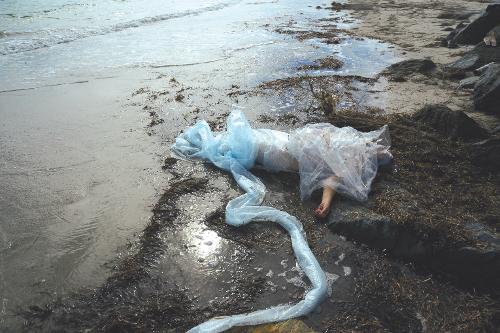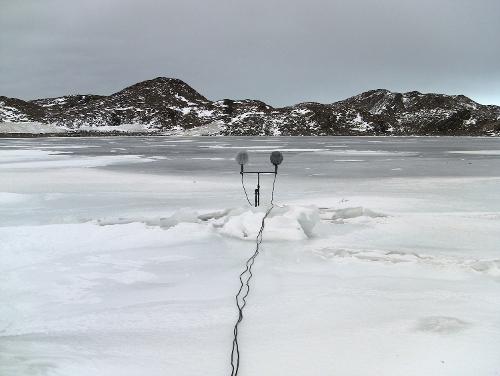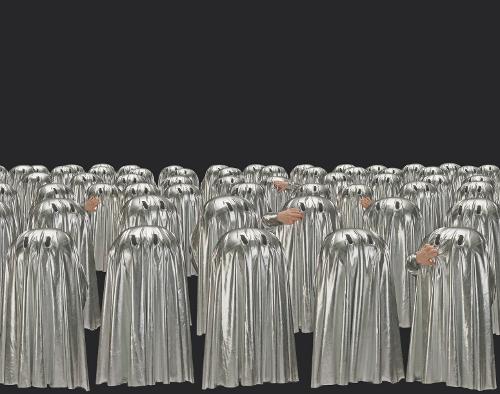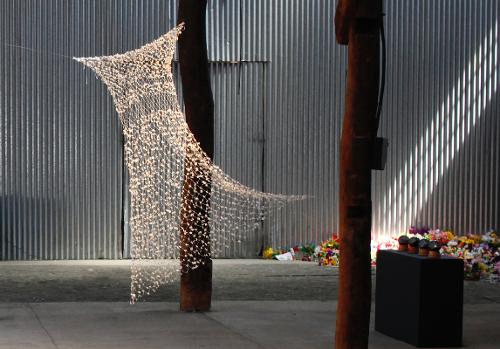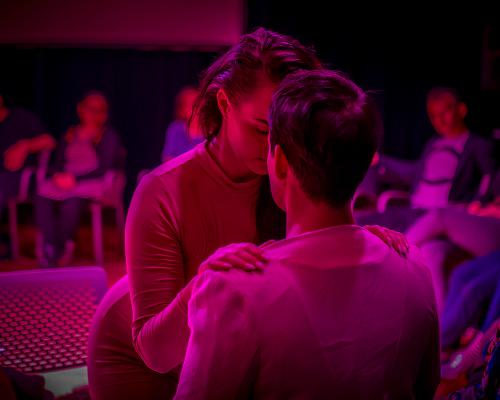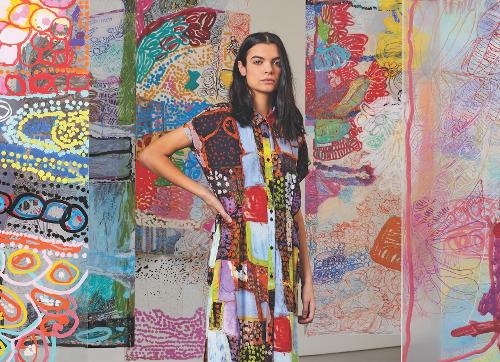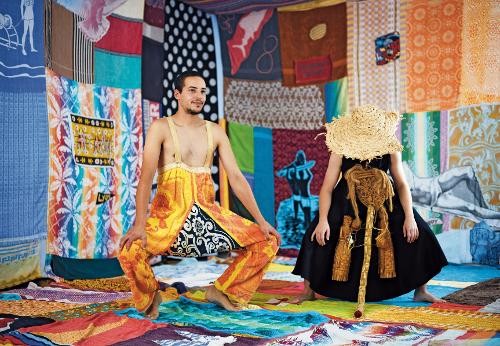What is Transorientalism?
To begin to answer the question “What is transorientalism?” one place to begin is with Cao Fei’s performance video Asia One commissioned for the New York Guggenheim as part of the 2018 exhibition, One Hand Clapping. It consists of six main characters, all of them distinctively and strikingly dressed in futuristic couture which are a mixture of Rastafarian, millennial slick hipster chic inflected by Japanese manga (the combination already makes the head swim). They fall upon an old logistics factory which then triggers a set of re‑enactments of the past—our present time—suggesting that this occurs sometime in the future. A multitude of both veiled and overt references swirl throughout, including the pan‑Asian cinema of Wong Kar Wai to the French New Wave (Nouvelle Vague) of Jean‑Luc Goddard’s neorealist and quasi‑Marxist musical, A Woman is a Woman (1961), itself a homage to the musical of ten years before, An American in Paris. Fei animates the factory floor with a motley dance troupe that sing Maoist revolutionary songs as they sashay down parcel delivery chutes in graceful, hypnotic synchrony. At certain points a cute white and lumpy automaton on wheel‑base wobbles about the pristine white floor, reminding us this is from a time when technology was fun and safe. The film climaxes with a giant inflatable red octopus that, we are urged to assume, represents the clumsy tentacles of state control. With themes of social disconnection, surveillance and imminent automation writ large throughout, two remaining protagonists interact through the medium of the ostensibly benign robot. We are purposely left nonplussed, not knowing what to feel.

